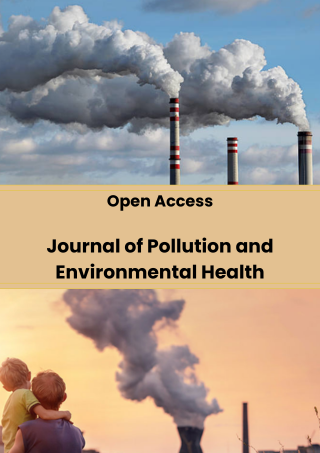Air and Water Pollution Control
Air and Water Pollution Control focuses on identifying, reducing, and eliminating harmful contaminants to protect the environment and human health. Air pollution control involves technologies like electrostatic precipitators, fabric filters, scrubbers, and catalytic converters to reduce emissions from industrial processes and vehicles. These systems help remove airborne pollutants such as particulate matter, sulfur dioxide, nitrogen oxides, and volatile organic compounds. Water pollution control utilizes treatment techniques including coagulation, sedimentation, filtration, biological treatments, and advanced membrane systems to purify wastewater and surface water. Analytical tools such as gas analyzers, spectrophotometers, and chromatographic systems are essential for monitoring pollutant levels and ensuring compliance with environmental standards. Together, these methods are vital for maintaining clean air and water, supporting sustainable practices, and safeguarding ecosystems and public health.
Indexed In
DOAJ
CrossRef
PubMed
MEDLINE
ResearchBib
OAJI
Sindexs
Index Copernicus
EBSCO A-Z / Host
OCLC - WorldCat
Journal Flyer


